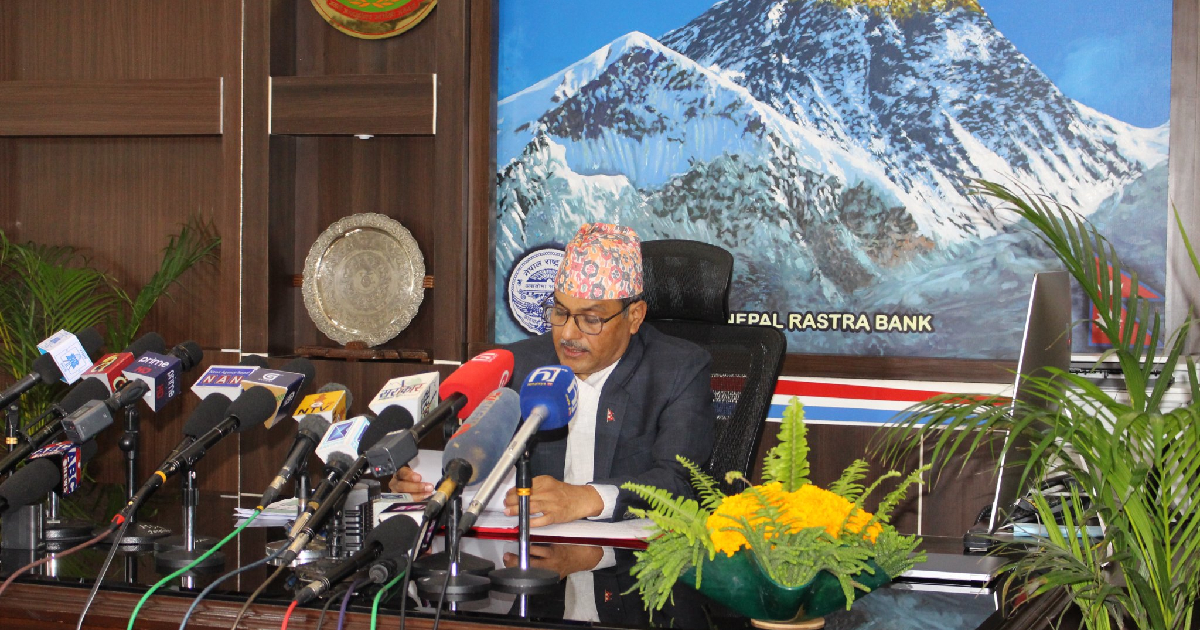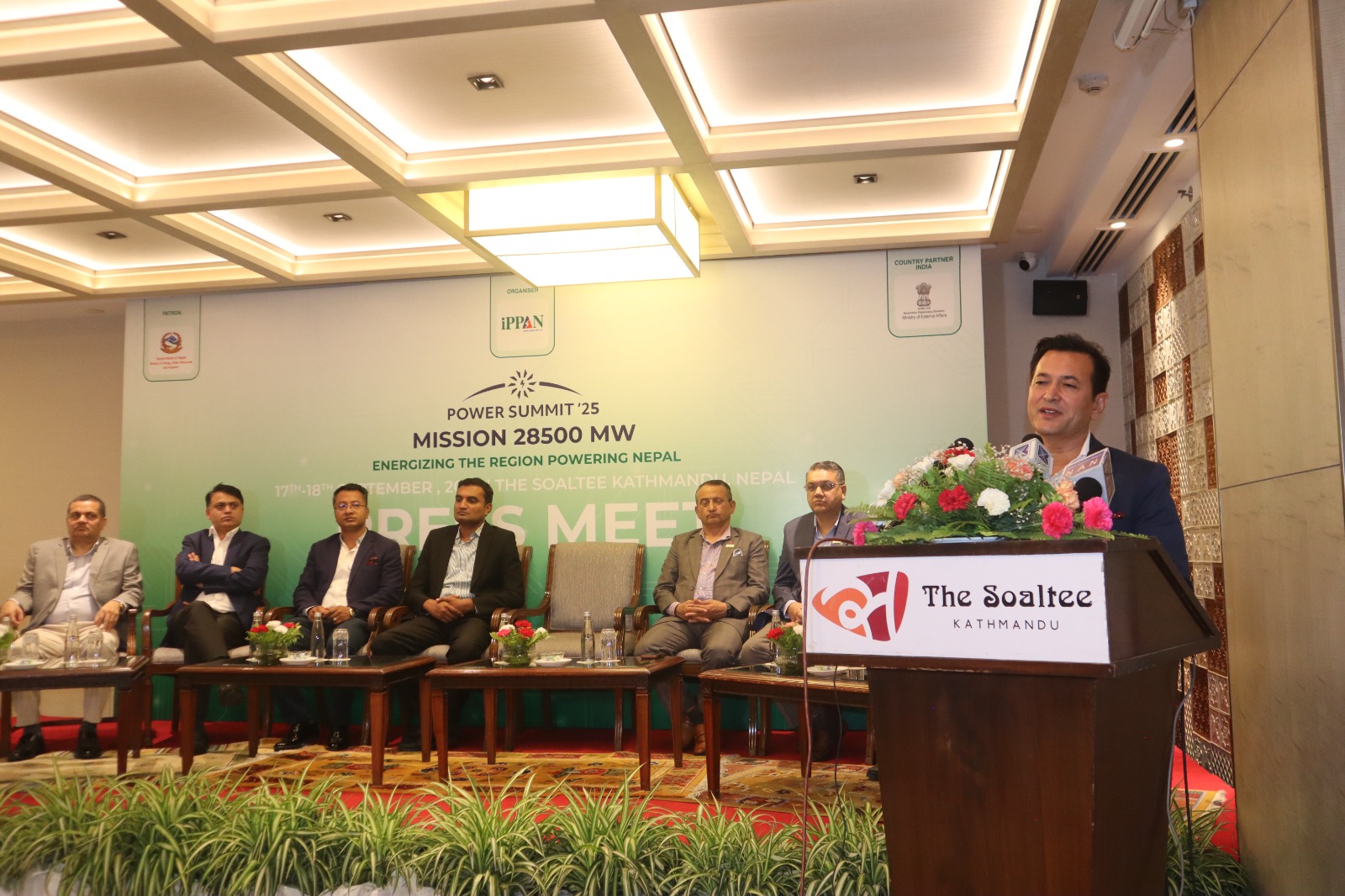
KATHMANDU: Nepal Rastra Bank (NRB) Governor Mahaprasad Adhikari has announced the monetary policy for 2022/23 which aims to promote macroeconomic stability while maintaining price and external stability. The new monetary policy is intended to support economic growth through increasing productivity by channeling financial instruments and resources to the productive sector. The central bank has itself acknowledged that the carefully adopted policy is expected to bring in financial strength at a time when the country is marred by rising inflation, ballooning trade deficit, and resulting depletion in foreign currency reserves.
In the context of a high credit-gross domestic product ratio, the priority of monetary policy is to channel credit to the productive sector rather than merely growth in credit. Nine key provisions in the newly unveiled monetary policy are as follows:
Incentives for mergers and acquisitions
It has emphasized increasing the investment capacity of the Nepal Infrastructure Development Bank, which was established to promote investment in the infrastructure sector. For this, it is mentioned that mergers and acquisitions with established and operating financial institutions will be encouraged to boost investment in the infrastructure sector through their increased capacity.
Foreign reserves at least for seven-months imports
The monetary policy has set the target of maintaining the foreign exchange reserves that would be sufficient for the import of goods and services for at least seven months. A country with an open economy based on imports is obliged to maintain foreign exchange reserves at a convenient level.
Restrictions on mortgage loans
The monetary policy has tightened loans on mortgages. In the Kathmandu Valley, it has been arranged that the ratio of loan and mortgage security should be 30 percent when disbursing personal periodical loans, mortgage loans, and property loans. In the case of outside the valley, it has been arranged that the maximum should be maintained at 40 percent. This arrangement will further squeeze the real estate business. Previously, the ratio of mortgage security was fixed at 40 percent in the case of the Kathmandu valley and 50 percent in the case outside the valley.
Up to Rs 120 million for margin lending
The monetary policy has made a partial change in the single customer limit of margin lending that is secured by putting shares as collateral. Now the maximum loan limit that can be taken from one or all financial institutions has been fixed at Rs 120 million. The policy mentions that such margin loan provisions will be removed after it becomes regular and systematic through the stockbroker.
Similarly, the collateral burden of loans flowing through share securities has been reduced to 100 percent in the case of loans up to Rs 2.5 million. Earlier, there was a provision of 150 percent risk weight for any amount of share mortgage loan. In the case of loans above Rs 2.5 million rupees, the previous system of maintaining a 150 percent security burden has been continued.
Abolition of the provision of suspension of transactions at the time of merger or acquisition
The NRB has abolished the provision of stopping securities transactions during mergers and acquisitions of banks and financial institutions through the monetary policy. It is mentioned in the policy that existing arrangements will be abolished and arrangements will be made in accordance with the regulations of the Securities Board of Nepal.
A green taxonomy to be drafted
The monetary policy has envisaged a green taxonomy to encourage green investment (green financing), green bond issuance, climate risk reporting, and capital requirement identification, among others.
8 percent growth unachievable
The monetary policy states that lack of chemical fertilizers, external pressure, liquidity crunch, and inflation may pose challenges to achieving the expected economic growth indicating that the estimated 8 percent economic growth in the current budget, is not achievable for the current fiscal year. In addition to the implementation of policies and programs included in the current budget, the NRB has forecast that the economic growth will be higher than the average based on the increase in the capacity utilization of the industry.
Credit usefulness to be assessed
The monetary policy will continue to provide refinance facilities to the productive sectors including agriculture, small enterprises, export, and heavily affected sectors, which are yet to recover from the Covid-19 pandemic. Programs related to subsidized loans mentioned in the budget speech of 2022/23 will be implemented according to the procedures approved by the government. With the aim of increasing credit flow to the productive sectors, a study will be conducted regarding the usefulness and effectiveness of the programs.
Different interest rates for productive and commercial sectors
The monetary policy envisages applying separate interest rates for loans going to the productive and commercial sectors. At present, banks and financial institutions will be allowed to determine the interest rate by adding a maximum of 2 percentage points to the base rate when providing loans of up to Rs 2 million for food production, livestock, fisheries, export, and manufacturing industries based on 100 percent indigenous raw materials. It is also mentioned in the policy that when providing loans to the private sector for the construction of information technology and industrial parks, the interest rate will be determined by adding a premium of a maximum of two percentage points to the base rate.









